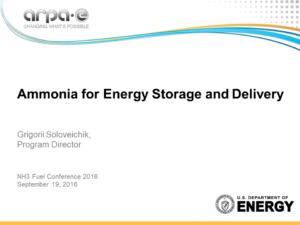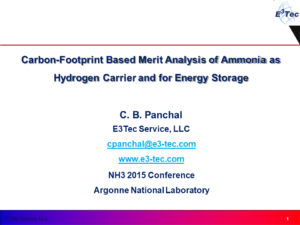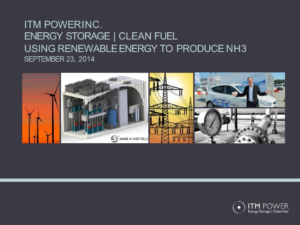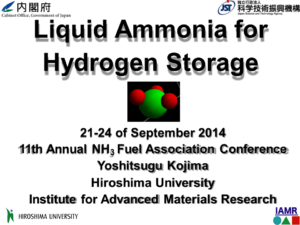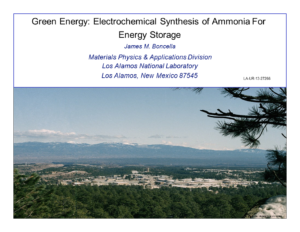Siemens - Green Ammonia
In April 2016, Siemens AG announced that it will construct a plant at the Rutherford Appleton Laboratory in Oxford to demonstrate the production of ammonia in an electrochemical reactor. The technology is seen as a facilitator of the use of ammonia synthesis as a method for storing renewably generated electricity. It involves lower pressures and temperatures than conventional synthesis with the Haber Bosch process. The project will test two different electrolyte chemistries using its 30 kilowatt electrochemical reactor.


